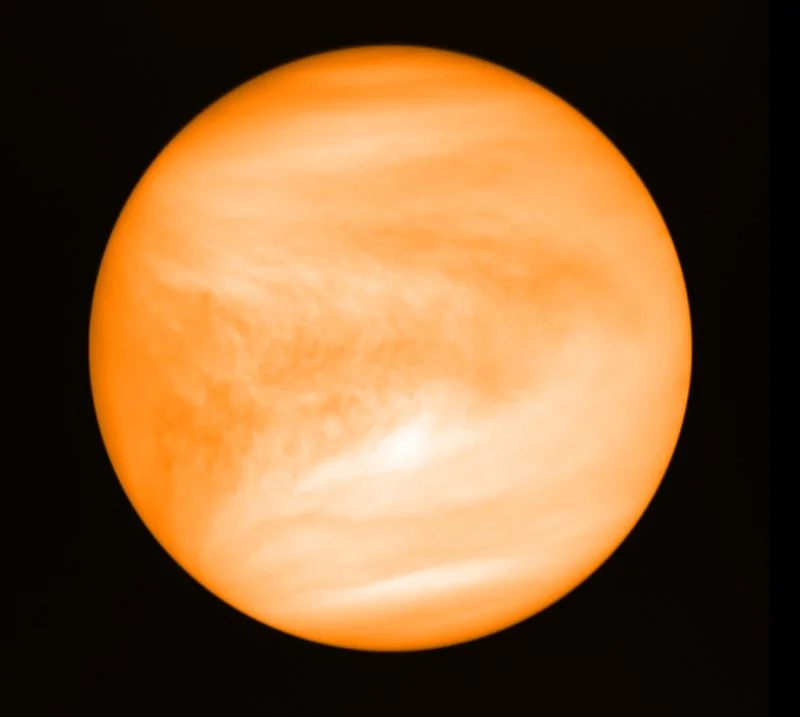
Invisible Asteroids Lurking Near Venus Could Pose Unexpected Threat to Earth: Study
A new study is raising concerns about a hidden population of asteroids sharing Venus's orbit, potentially posing a significant and largely unmonitored threat to Earth. These Venus co-orbital asteroids are difficult to detect due to the sun's glare, making them a potential blind spot in our planet’s defense against space rocks.
The study, aptly titled "The Invisible Threat: Assessing the Collisional Hazard Posed by the Undiscovered Venus Co-Orbital Asteroids," was authored by Valerio Carruba and colleagues at São Paulo University. Their research underscores the challenges in spotting these elusive objects, some of which may remain entirely invisible to Earth-based observatories.
While NASA and other space agencies diligently track near-Earth asteroids (NEAs), these Venusian co-orbitals present a unique problem. As the researchers pointed out, "...co-orbital status protects these asteroids from close approaches to Venus, but it does not protect them from encountering Earth."
According to the Daily Mail's reporting on the study, at least three of these asteroids – 2020 SB, 524522, and 2020 CL1 – have unpredictable orbits that bring them perilously close to Earth. These asteroids are estimated to measure between 330 and 1,300 feet in diameter. An impact from such a space rock could obliterate entire cities and trigger devastating tsunamis. Simulations suggest that such strikes could release a million times more energy than the atomic bomb dropped on Hiroshima.
The study highlights the chaotic nature of these asteroids' trajectories. Even small changes in gravitational forces or other factors could dramatically alter their paths, potentially setting them on a collision course with our planet. Using simulations of clone asteroids over 36,000 years, scientists found that even asteroids with low eccentricity, once regarded as relatively harmless, can drift into Earth's orbit.
The limitations of ground-based detection are a major cause for concern. The sun's glare makes these co-orbitals virtually invisible to our telescopes. The upcoming Vera Rubin Observatory, scheduled to begin full operations in July 2025, might offer brief glimpses of these hidden threats during specific observational periods. However, these windows are limited, and even advanced telescopes might not be enough.
The researchers advocate for a dedicated space-based observatory near Venus. Such a mission, positioned to look away from the sun, would significantly improve our ability to detect and monitor these elusive PHAs. By establishing an observatory in Lagrange Points, such as Sun–Earth or Sun–Venus L1/L2, scientists could maximize coverage of the region and gain a clearer picture of the potential threats.
Carruba and his team emphasize that space-based surveillance is essential to map and discover all the potentially hazardous asteroids. With researchers predicting that co-orbital asteroids’ orbits could become unpredictable in just over 150 years, the time to act is now.
Are we truly prepared for a "surprise" asteroid impact? Do you think a Venus-orbiting space observatory is a necessary investment for planetary defense?
Share your thoughts and opinions in the comments below.